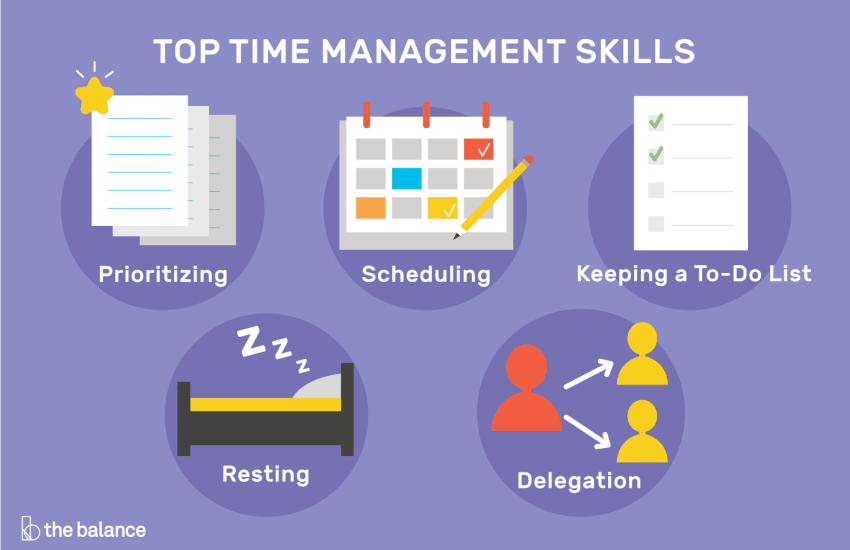Top Change Management Strategies for Business Leaders
In today’s fast-paced business environment, change is inevitable. As a leader, it is crucial to be able to navigate through change effectively to ensure the success and sustainability of your organization. Here are some top change management strategies that business leaders can implement to facilitate a smooth transition:
1. Clearly Communicate the Vision
One of the most important aspects of successful change management is to clearly communicate the vision for the change. Business leaders should explain the reasons for the change, the expected outcomes, and how it will benefit the organization and its employees. By clearly articulating the vision, leaders can inspire and motivate their teams to embrace the change and work towards a common goal.
2. Engage with Stakeholders
It is essential to engage with stakeholders throughout the change management process. Business leaders should involve key stakeholders in the decision-making process, listen to their concerns, and actively seek their input. By involving stakeholders in the change process, leaders can build trust, gather valuable insights, and increase the likelihood of successful implementation.
3. Develop a Comprehensive Change Management Plan
Business leaders should develop a comprehensive change management plan that outlines the objectives, strategies, and timelines for the change. The plan should include clear communication strategies, training programs, and a system for monitoring progress and addressing challenges. By having a detailed plan in place, leaders can effectively manage the change process and ensure that it stays on track.
4. Provide Adequate Resources and Support
During times of change, employees may feel overwhelmed or uncertain about their roles and responsibilities. Business leaders should provide adequate resources and support to help employees navigate through the change. This could include additional training, mentoring programs, or access to external consultants. By providing the necessary support, leaders can help employees feel confident and motivated during the transition.
5. Lead by Example
As a business leader, it is important to lead by example and demonstrate a positive attitude towards change. Leaders should show enthusiasm, resilience, and openness to new ideas. By setting a positive example, leaders can inspire their teams to embrace change and adapt to new ways of working.
6. Encourage Feedback and Continuous Improvement
Change is an ongoing process, and it is important to continuously gather feedback and make improvements along the way. Business leaders should encourage open communication and feedback from employees, stakeholders, and customers. By actively seeking feedback, leaders can identify areas for improvement, address any concerns, and refine their change management strategies for future initiatives.
7. Celebrate Successes and Learn from Failures
Finally, business leaders should celebrate the successes achieved during the change management process. Recognizing and rewarding the efforts of employees can help boost morale and motivation. It is also important to learn from any failures or setbacks that occur during the change process. By analyzing what went wrong and making adjustments, leaders can improve their change management strategies for future initiatives.
In conclusion, effective change management is essential for business leaders to navigate through periods of transition successfully. By following these top change management strategies, leaders can inspire their teams, build trust with stakeholders, and drive positive outcomes for their organizations.


